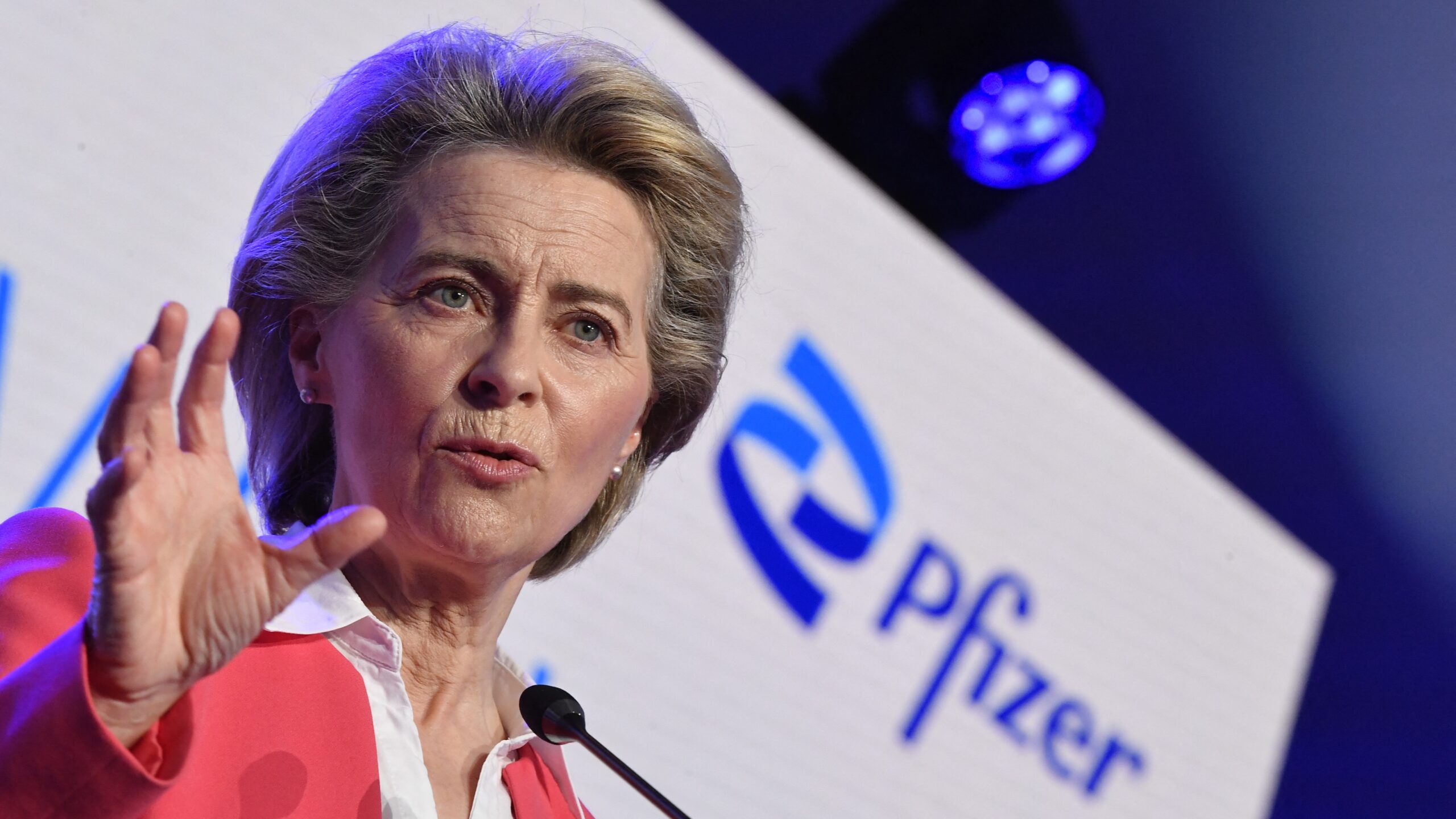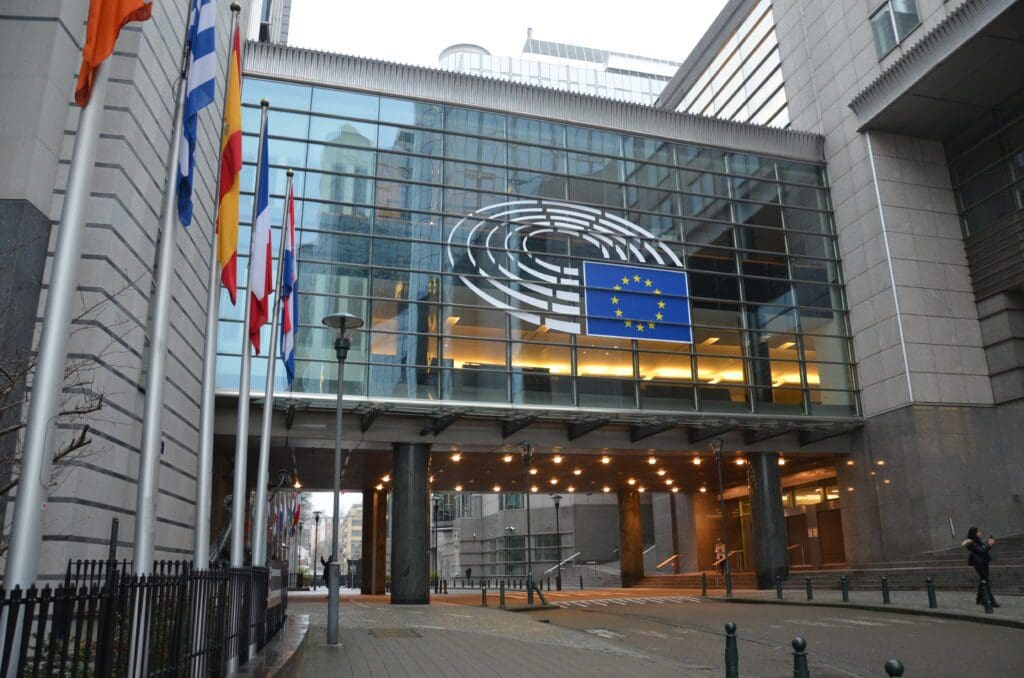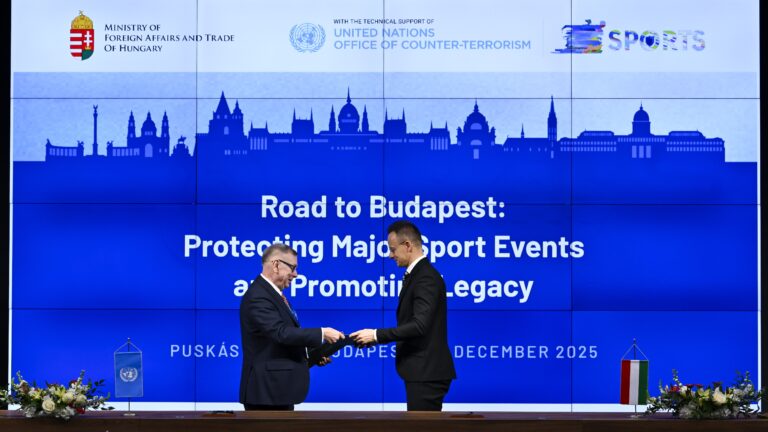The European Commission missed the deadline to appeal the EU General Court’s ruling in the so-called Pfizergate case, which condemned the Commission’s lack of transparency. To comply with the Court’s decision, Berlaymont provided the plaintiff, The New York Times, with a written explanation detailing why it did not release text messages exchanged between Pfizer CEO Albert Bourla and Commission President Ursula von der Leyen. The correspondence, which The New York Times requested back in 2021, took place at the height of the COVID-19 pandemic, when the European Commission was negotiating a multibillion-euro vaccine deal with the pharmaceutical company.
After the European Commission denied The New York Times access to the correspondence, the newspaper appealed the decision before the Court of Justice of the European Union. A couple of months ago, the European Commission lost the transparency case, with the Court ruling that it had failed to provide sufficient information on how the correspondence was handled and whether the texts requested by the newspaper still exist. In its ruling, the EU Court ordered Berlaymont to provide more detailed information about the fate of these messages. It is important to note, however, that the Court did not require the Commission to release the actual correspondence between the Commission and Pfizer.
Now the Commission has missed its chance to appeal the Court’s ruling. To comply with the Court’s decision, it has sent a letter to The New York Times ‘better’ explaining its decisions regarding the handling of the mysterious texts. According to the Commission’s more detailed explanation, the text messages were internally reviewed but—since they contained only logistical information—they were not deemed worthy of registration or storage. As for the Commission’s method of determining whether the content of these messages was relevant and ‘worthy’ of registering, the Court ‘did not put into question the Commission’s registration policy regarding access to documents’, Politico reported. And since the messages were not considered relevant for registration, and the Commission President changed phones multiple times since 2021—the year the correspondence took place—the texts are now irreversibly lost.
The situation not only demonstrates a lack of transparency at the European Commission, but also the unwillingness of the EU Court—which so often harshly sanctions Member States—to take a firm stance against the Commission’s shortcomings. While the Court failed to question or compel the Commission to improve its registration policy, which contributed to the loss of the messages, the Commission itself lacked adequate procedures to assess the relevance of the texts in the first place. In other words, neither the Court’s weak ruling nor the Commission’s half-hearted explanation meaningfully contributes to achieving transparency at the EU level.
The Commission’s letter to The New York Times ‘better explaining’ the situation may satisfy the Court’s ruling, but it does not answer the real question at the heart of the Pfizergate scandal: did corruption play any role in the Commission’s purchase of COVID vaccines? It adds insult to injury that, according to Euractiv, the European Commission reviewed the messages and ‘decided not to retain them in a manner that would make them publicly accessible’ in the summer of 2021—that is, after they had been formally requested by The New York Times in May. If those messages were truly only ‘logistical’, as Berlaymont claims, why didn’t the Commission release them to The New York Times, which had already requested them? Perhaps these unanswered questions explain why the European Commission chose to lay the issue to rest rather than appeal the ruling—thereby keeping the scandal off the agenda.
‘Neither the Court’s weak ruling nor the Commission’s half-hearted explanation meaningfully contributes to achieving transparency at the EU level’
Partially inspired by the Pfizergate scandal, von der Leyen’s leadership was challenged earlier this summer by a vote of no confidence in the European Parliament. Although the vote—initiated by Romanian right-wing MEP Gheorghe Piperea from the ECR group—failed to gain sufficient support, it highlighted existing grievances and divisions within the pro-integration camp that holds the majority in the European Parliament. Members of Hungary’s Fidesz party (Patriots) and Our Homeland Movement (ESN) voted in favour of questioning Ursula von der Leyen’s leadership, while some members of the Tisza party (EPP) expressed confidence in the German politician. A significant number of Tisza MEPs did not participate in the vote, despite being present on the EP’s premises.
Although Ursula von der Leyen comfortably survived the no-confidence vote, her support has visibly shrunk since her re-election: in autumn 2024, 401 MEPs voted to re-elect her, while only 360 backed her this summer in voting down the motion of censure against her leadership.
Related articles:







